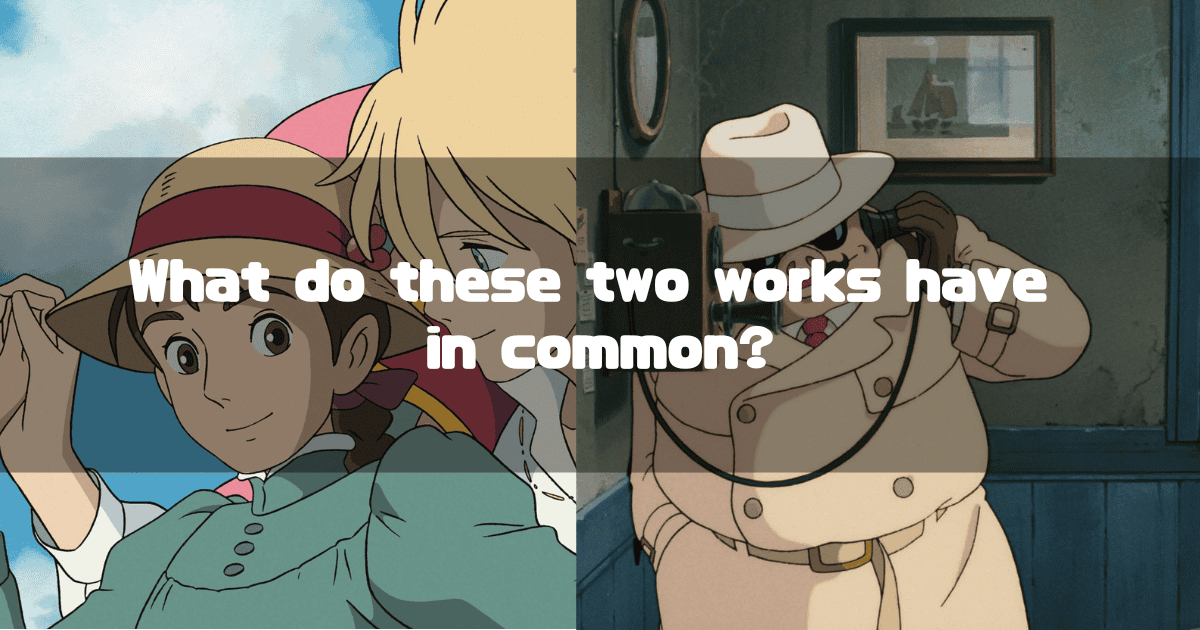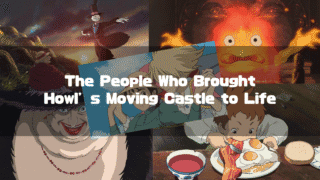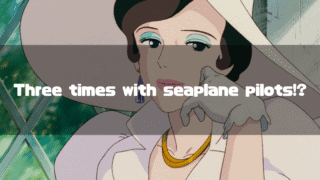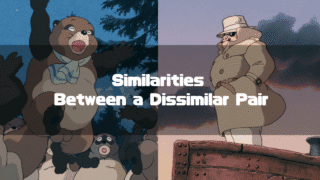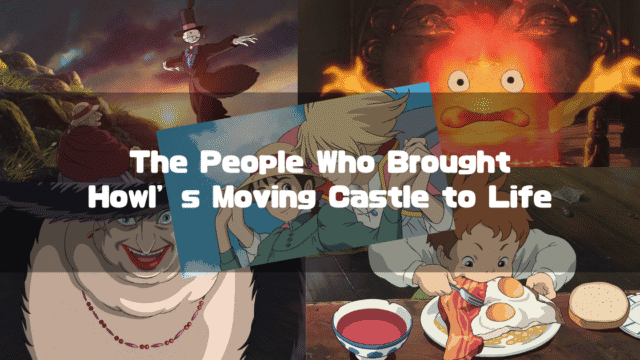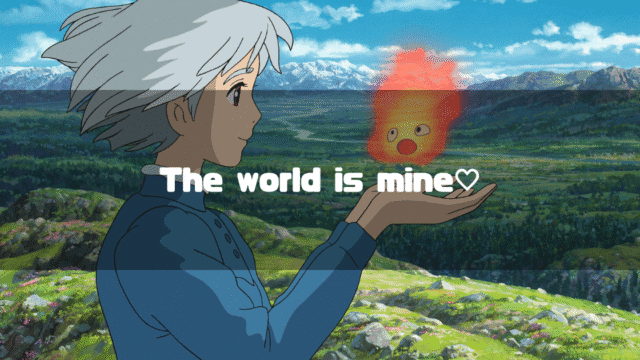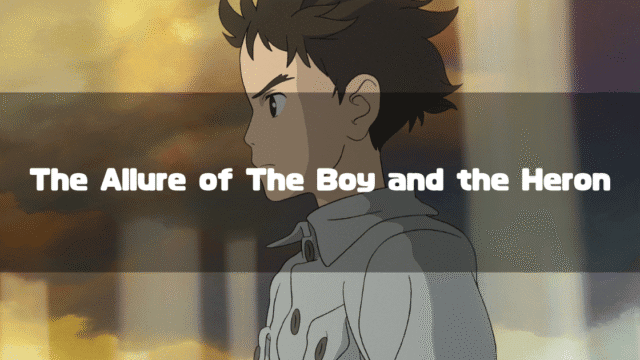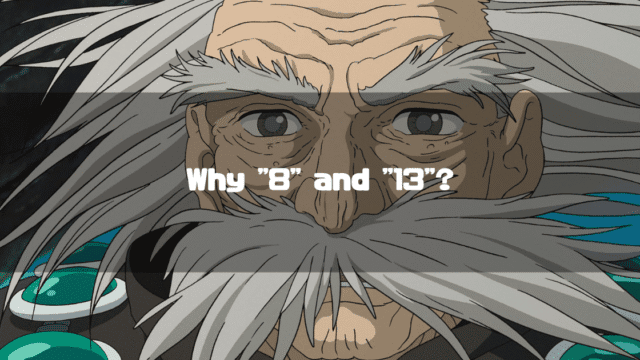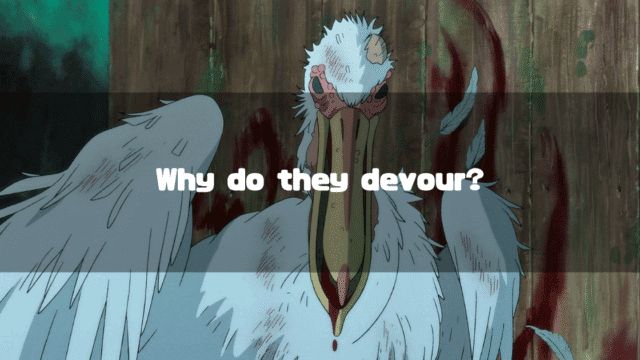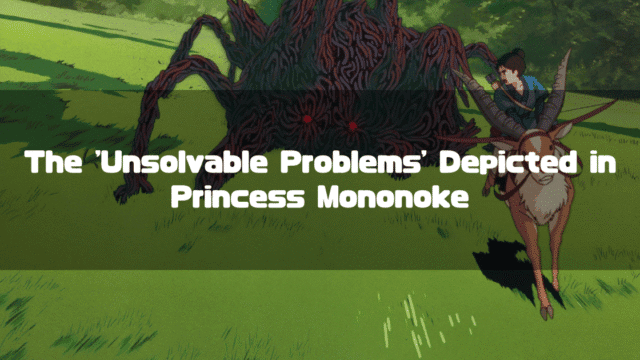Howl’s Moving Castle(Official Studio Ghibli Website) is an animated feature film directed by Hayao Miyazaki, released in 2004. I have written the following article about this work as part of my Hayao Miyazaki’s Sorrow of Men series:
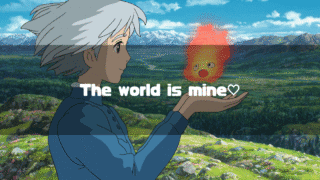
I personally believe that Porco Rosso, Howl’s Moving Castle, and Ponyo depict the “sorrow of a man being captured,” and this film, positioned right in the middle, was a story of a handsome man being splendidly captured.
That being said, this time I want to explore the most important feature of Howl’s Moving Castle: the fact that the protagonist is an old woman. The key to understanding this issue lies in Porco Rosso. What do these two films have in common?
*This article is an English translation of the original Japanese article, 【ハウルの動く城】ソフィーは何故老婆になってしまったのか-分裂する紅の豚-.
Let an AI walk you through the highlights of this post in a simple, conversational style.
- Sophie’s Transformation into an Old Woman and Her Liberation from Her Circumstances
By becoming an “old woman,” Sophie rejects her current situation, freeing herself from the domestic frustrations that had bound her, and heads to Howl. This means Sophie positively accepted her transformation as a means of escaping her reality. - The Common Ground Between Sophie and Porco: Cynicism and Self-Affirmation Towards Their Reality
Both Sophie and Porco from Porco Rosso harbor a desire to deny their current situations, yet conversely, they also accept them to some extent. Sophie’s rejuvenation occurs in moments of “strong self-affirmation,” while Porco returns to his human form when he “affirms his current state.” - Howl’s Exterior and Porco’s Interior
Howl’s extreme handsomeness actually shares a commonality with the inner self of Porco from Porco Rosso. Examining the similarities between the two films reveals this resemblance.
The Mystery of Sophie and the Old Woman in Howl’s Moving Castle
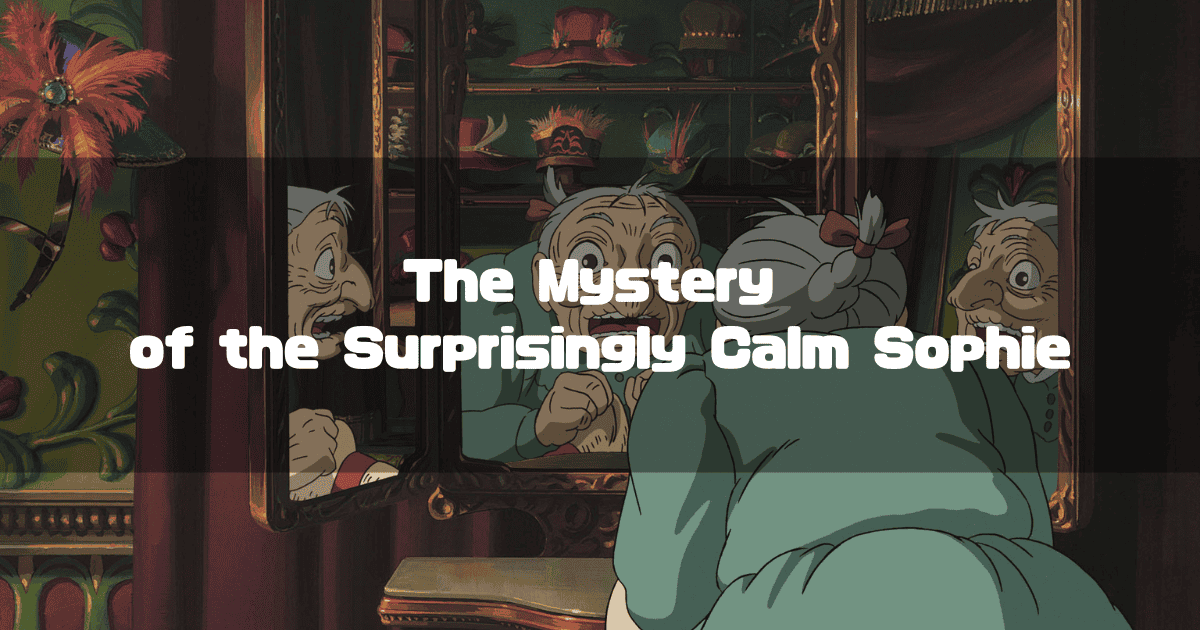
Sophie’s Inexplicable Attitude
Perhaps the most puzzling aspect of Howl’s Moving Castle is Sophie’s attitude after she is turned into an old woman. Sophie is transformed into an “old woman” by a spell from the Witch of the Waste, who seeks to have Howl all to herself.
Something terrible has happened, yet Sophie’s subsequent behavior is astonishing.
While Sophie was initially flustered upon realizing she had become an old woman, she quickly regained her composure, casually abandoned her former life, and set off to find Howl.
In other words, while Sophie was rattled by the fact that she had become an old woman, she also accepted it in a positive light.
This is likely related to Sophie’s family situation and her “self-consciousness.”
Sophie works to keep the hat shop her father left her afloat, but it’s clear that neither her sister nor her stepmother values the shop.
Furthermore, she seems to have a low opinion of herself, feeling “plain” compared to her “star” sister.
However, looking at Sophie’s attitude, it’s not that she dislikes her sister or her mother. It’s likely that what she was dissatisfied with was the “situation itself,” created by these various factors.
By being transformed into an old woman, Sophie finally found a reason to escape the “situation” that had bound her, and she headed to Howl with a calm demeanor.
Why did she go to Howl? Well, it’s obvious she fell in love at first sight, isn’t it?
Porco Rosso and Cynicism Towards One’s Surroundings
Now, we know of a Miyazaki protagonist who was in a very similar situation to Sophie: Porco Rosso, the hero of Porco Rosso.
Just as Sophie seemed unfazed by her emergency of “becoming an old woman,” Porco was unfazed by his emergency of “being a pig.” In fact, he embraced it. In the end, Porco is essentially saying, “What a foolish thing to get worked up about. I’m ‘out of here.'”
For Porco, who survived the Great War while losing many comrades, the “normal world” was not so wonderful; rather, it was something he likely wanted to reject. Yet, to continue living without dying might be the sorrow of humanity, or perhaps its strength.
In other words, both Sophie and Porco “want to deny their current reality.” This alone makes them seem like similar beings, but they have even more in common.
If you recall Porco Rosso, there are two instances where he is seen in a non-pig state.
The first is through the eyes of Fio as she watches Porco on the eve of his duel with Curtis. The second is by Curtis himself.
Similarly, Sophie is repeatedly seen reverting from her old form. This phenomenon is easier to understand with Sophie, so let’s look at her situation to understand Porco’s.
The Mystery of Sophie’s Occasional Rejuvenation
Self-Affirmation as a Fleeting Affirmation of the World
For a while after becoming an old woman, Sophie’s “rejuvenation” is linked to her inner elation. In other words, when she thinks, “Maybe this world isn’t so bad,” she shows signs of becoming younger. There’s also a scene where she turns young while crying her eyes out, but I believe that being in a situation where she could unleash her inner feelings in such a way was also a “not-so-bad situation” she hadn’t had before.
The corresponding scene in Porco Rosso would be the part where he turns back into a human after the duel with Curtis. After receiving a faint kiss from Fio, Porco must have thought, “Ah, maybe this world isn’t so bad after all.”
However, the important thing is that even if they thought that for a moment, the world is ultimately not beautiful for them. In the end, Sophie quickly returns to being an old woman, rejecting reality, and Porco probably turned back into a pig as well.
Nevertheless, for a brief moment, they might have thought, “Maybe even I am not so bad.” The forms of an “old woman” or a “pig” are a rebellion against the world that torments them, and also a “rejection of their own inability to cope.” In that moment, Sophie and Porco might have been able to affirm themselves, just a little.
Thinking this way seems to “solve” things, but there is a clear difference between Porco Rosso and Howl’s Moving Castle. Namely, from a certain point on, Sophie remains young.
Sophie Remaining Young from the Middle Onward
The fact that Sophie stays young from the middle of the story is probably what confused us the most when watching Howl’s Moving Castle. However, we can offer a definitive answer to this.
Sophie’s despair was despair towards her “family,” and after arriving at Howl’s castle, she, in a sense, finds her “ideal family.” To put it a bit harshly, she is in a situation where she feels she is with a “family that needs her.”
While she rejects “this world,” she actually had a specific thing she wanted to reject: her “family.” That’s why she finds a degree of satisfaction in a situation where she has been able to “turn the inhabitants of Howl’s Moving Castle into a family” through her own power. That is why she remains young from that point on.
However, this might still leave you dissatisfied. Sophie becomes young, but her hair remains white. Now, why does her hair stay white?
A World Still to Be Rejected
The reason her hair remains white is likely because she still wants to reject the world that exists outside the family she created.
By “becoming an old woman,” Sophie said goodbye to the “reality she wanted to reject” and created a “closely affirmable reality” by making people she liked into her family. However, she remains critical of the foolish situations occurring outside of it. Or rather, she wants to shake off such things.
That is why the rejuvenated Sophie keeps her white hair.
By maintaining an appearance that differs from the “common sense” of this world, she continues to express her criticism and cynicism towards it.
If we apply this to Porco Rosso, it would mean that after his duel with Curtis, Porco briefly returned to his human form but ultimately went back to flying the skies as a pig.
Porco did indeed turn back into a pig.
I hope this has helped you understand Sophie (and Porco) better. At least, I am satisfied with this explanation.
But one last mystery remains. It’s not about Sophie, but about Howl. Why was Howl portrayed as such an incredibly popular man?
The Mystery of the Extremely Handsome Howl

So far, I’ve been discussing the similarities between Howl’s Moving Castle and Porco Rosso, focusing on “Sophie becoming an old woman” and “Porco becoming a pig.”
However, there is one character in the two films who is completely dissimilar in every way.
Of course, that’s Howl.
In Porco Rosso, there is no man as popular as Howl. Perhaps there was, but he wasn’t depicted so explicitly.
Starting with Sophie, every woman who meets Howl falls for him. The Witch of the Waste was the same, and so was Madam Suliman. It seems that once a woman meets Howl, she can’t forget him.
Considering the parallels with Porco Rosso, what does the existence of Howl signify? If we think about it…
Howl’s nature would be the “inner truth” of Porco.
In other words, Porco, while appearing as a pig on the outside, believed himself to be an incredibly charming man on the inside.
Of course, Porco is depicted as never having been approached by Gina, but the “inner Howl” Porco likely kept thinking, “You’re really in love with me, aren’t you?”
It’s a rather foolish male self-consciousness, but haven’t you ever thought something similar in your youth?
To summarize the above:
The fact that the protagonist Sophie becomes an old woman in Howl’s Moving Castle is two sides of the same coin as Porco being a pig in Porco Rosso. It shows that both live with “dissatisfaction and cynicism towards their current reality.” On the other hand, the extremely handsome Howl is an external manifestation of Porco’s inner self from Porco Rosso, and we can surmise that Porco’s inner self was that of a charming man like Howl.
I believe this is the case.
However, considering that Porco in Porco Rosso is an alter ego of director Miyazaki, it might mean that the director himself has an “inner Howl,” but I’ll avoid delving into that as it becomes needlessly critic-like.
The images used in this article are from the Studio Ghibli Still Images collection.
About the Author
Recent Posts
- 2025-10-21
Indiana Jones and the Dial of Destiny(2023): Full Synopsis & Analysis: Indy’s True Motive and the Enigma of Helena - 2025-10-15
Indiana Jones and the Dial of Destiny(2023):Historical Background-WWII, the Real Dr. Schmidt, the Siege of Syracuse, and the Antikythera Mechanism - 2025-10-08
Why Does Children Who Chase Lost Voices Feel So Ghibli-esque? [Makoto Shinkai’s “Tale of Farewell”] - 2025-10-07
5 Centimeters per Second: Characters, Voice Actors, Character Analysis and Character Map - 2025-10-06
5 Centimeters per Second: Full Synopsis, Analysis, Ending Explained & Character Map (Spoilers)

